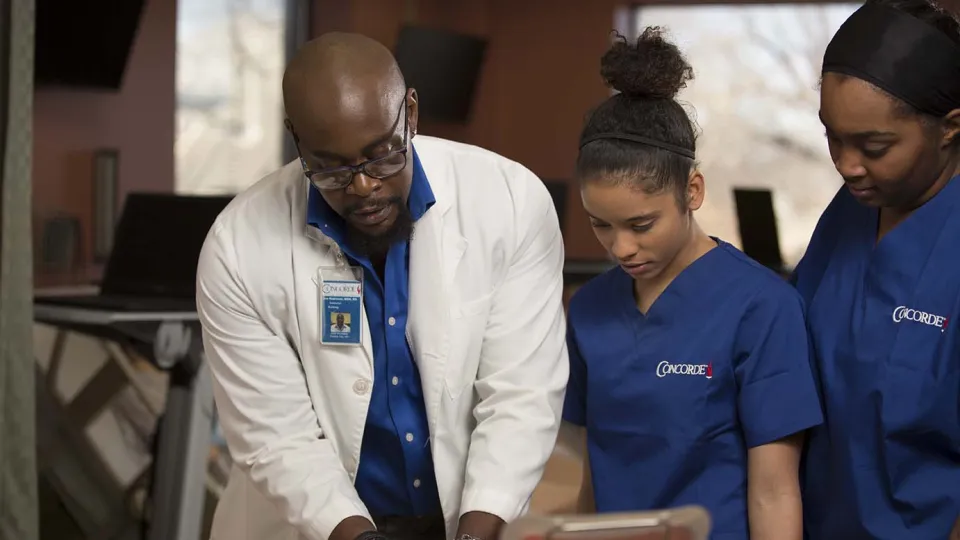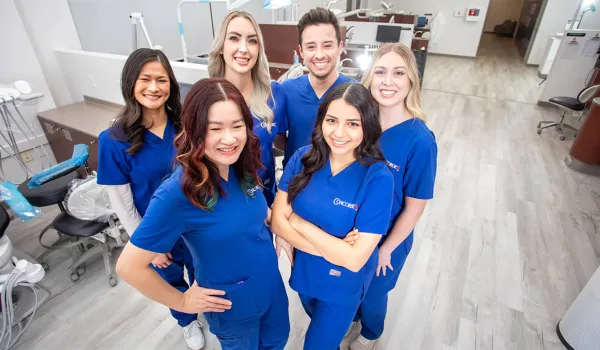
Everyone has seen them at one time or another. Certainly, anyone in nursing or other allied health professions knows them well. If you're a Concorde student, you wear them every day you're at school.
But, have you ever wondered where the concept behind wearing scrubs came from? Is there a practical reason behind wearing them? From where did the idea originate?
We went looking for the answers to these and other questions involving the modern nursing uniforms known as scrubs. We found many of them in a blog published by Jacksonville University. Here is what some of that blog had to say.
Evolution of Nursing scrubs
Previously, nurses wore uniforms that consisted of a starched white dress, white stockings and shoes, and that little white hat. Thankfully, more and more hospitals and clinics have changed their dress codes and primarily wear scrubs.
Scrubs are considered to be any medical uniform consisting of a short-sleeved shirt and pants, typically with a drawstring. The uniform acquired its name because it was worn by surgeons in an operating room or "scrubbed" environment.
History of modern nursing scrubs
Although nurses have traditionally worn uniforms, surgeons wore their own clothing during surgical procedures, using no protective or sterilized garments, until well into the 20th century. Eventually, the practice of wearing an apron to protect the surgeon's clothing during surgical procedures became common.
Surgeons began wearing cotton gauze masks to protect themselves during the Spanish flu pandemic of 1918. But, it wasn't until the 1940s that aseptic technique was routinely employed. Operating room attire was entirely white, to emphasize cleanliness.
However, by the 1960s, it was decided that the white apparel and bright operating room lights caused eye strain for personnel, so attire was changed to various shades of green. The surgical greens became standard by the 1970s and are the foundation for today's standard nonsurgical scrubs commonly worn by hospital staff in hospitals. They are made of durable fabrics that absorb blood and other bodily fluids but are easily cleaned.
Scrubs as Nursing uniforms
The original green scrubs did not allow for differentiation among staff positions or departments, so nonsurgical scrubs became the accepted uniform for other health care staff. Available in a variety of colors and designs, they provide a way to distinguish among patient care departments, assistive personnel, and support staff.
Almost all patient care personnel today wear some type of scrubs whether working in a hospital, physician's office, clinic, surgical center or even dental and veterinary offices. Physicians, meanwhile, often wear their own clothing with a white coat, except during surgery or other procedures where blood or other bodily fluids might be present.
Take The Next Step Towards a Brighter Future
We have a Concorde representative ready to talk about what matters most to you. Get answers about start dates, curriculum, financial aid, scholarships and more!




